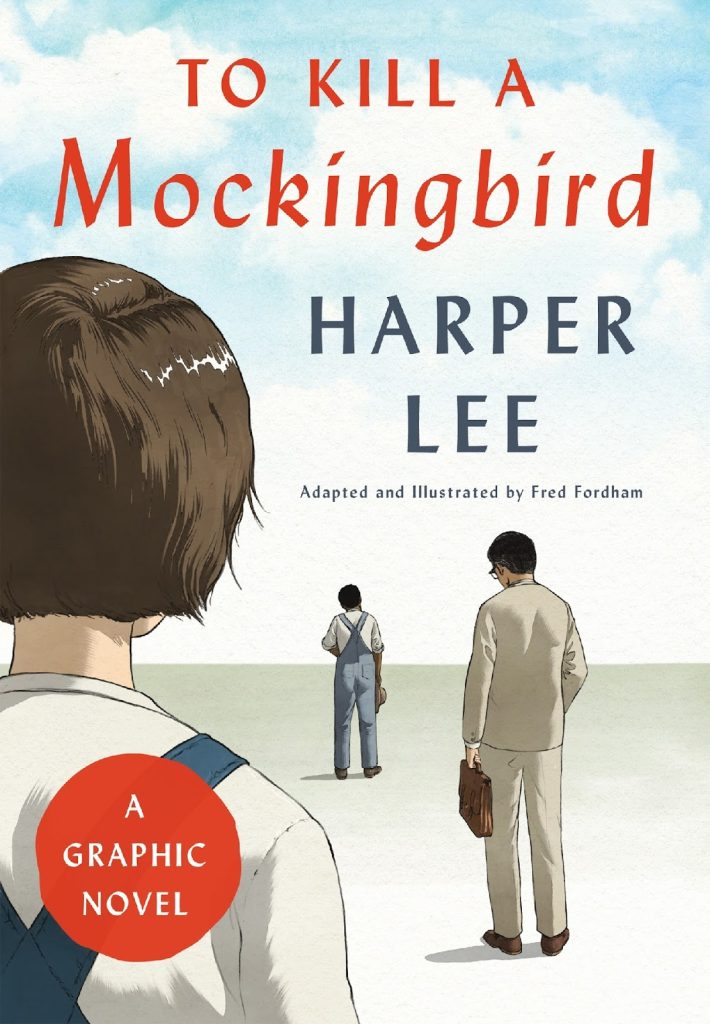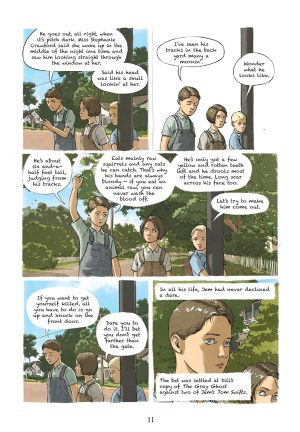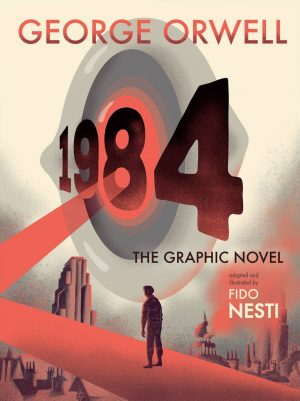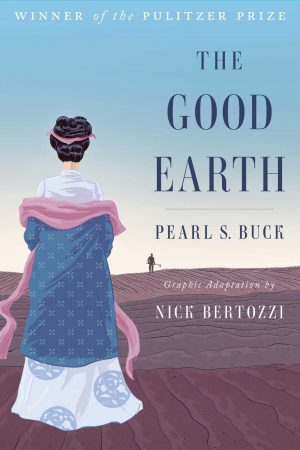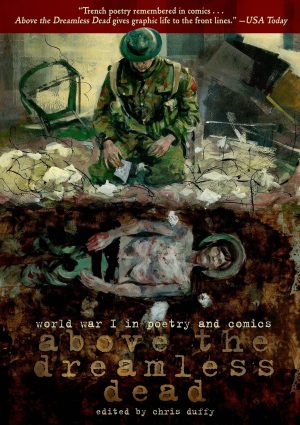Review by Ian Keogh
Harper Lee’s To Kill A Mockingbird is among the greatest American novels, contrasting innocence with reality and an awakening of the concept that not everyone is the way you want or expect them to be. The entire circumstances are related by Scout Finch, rarely referred to as Jean Louise, spanning 1933 to 1935 in the small Alabama town of Maycomb. Her mother is dead, and her lawyer father Atticus is appointed to defend Tom Robinson, an African-American accused of rape. Scout and her brother Jem’s greater concern is viewing the reclusive Boo Radley, unseen for many years.
Transferring the much loved story concerning the principle of everyone deserving a fair day in court to comics presents a challenge for any artist. Although there are town crises, action scenes are minimal, as the conversations and understandings of children are the focus. Fred Fordham achieves success by concentrating on the bucolic beauty of Maycomb and surrounding countryside, and rich definitions of the cast. Some of the cast are privileged enough to inhabit an idyllic world, but Lee was no sentimentalist, and Fordham also illustrates the less fortunate sympathetically. The key courtroom sequence calls for particular discipline given its length, and it’s a virtuoso performance from Fordham, switching viewpoints and distance to maintain the tension and drama over fifty pages. His scenes of the mockingbird also resonate.
It’s the more sensational aspects of the plot that people tend to remember about To Kill A Mockingbird, but in order for those to have an impact a comprehensive exploration of life in Maycomb is necessary. Fordham isn’t restricted by the artificial limit of an imposed page count, so there’s space for thoughtfully crafted scenes not moving the story forward, but establishing what people are like. In Scout’s case that’s a precocious bundle of emotional righteousness, which is evocatively transmitted. Some abridgement is necessary, but without impacting on Fordham transmitting the sly humour and rich personalities as Scout gradually builds her view of the world. Fordham also brings through the power of scenes such as a confrontation at the courthouse at night, one surprisingly and amazingly settled.
Understanding and tolerance are major themes, but a novel written in the 1950s and looking back to the 1930s features the language of the era, and terms that would now be considered offensive, largely used by children imitating adults. To excise the scenes, or modify the phrases might reduce possible offence, but at the cost of the story’s integrity, and it should be noted the terms are explained and discussed.
There’s a greater density to the novel, but every key moment is skilfully transferred by Fordham in what’s a thoughtful and faithful adaptation mindful of a fantastic book.
